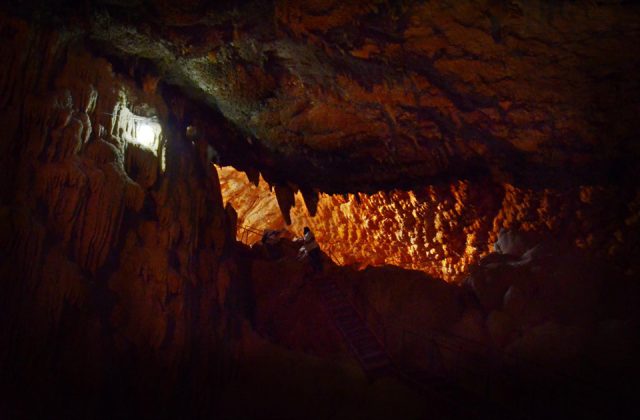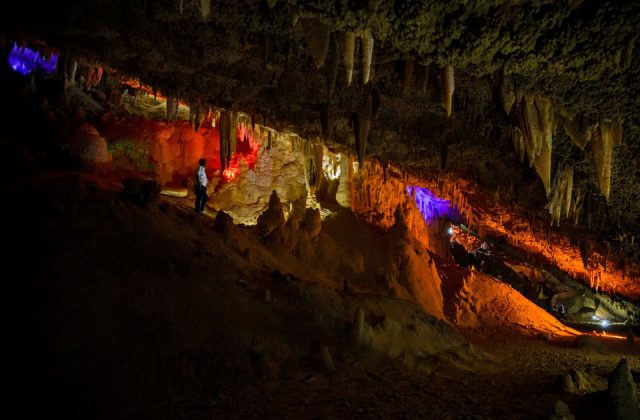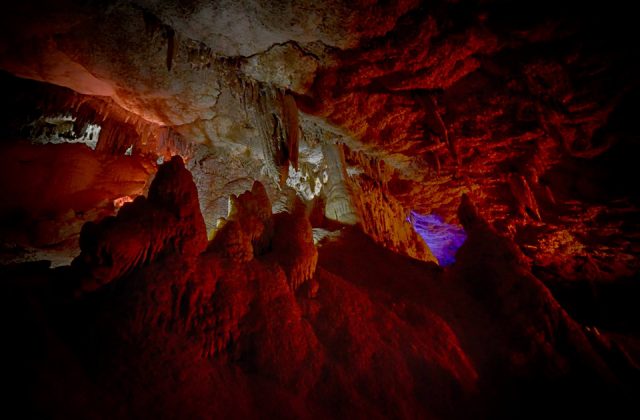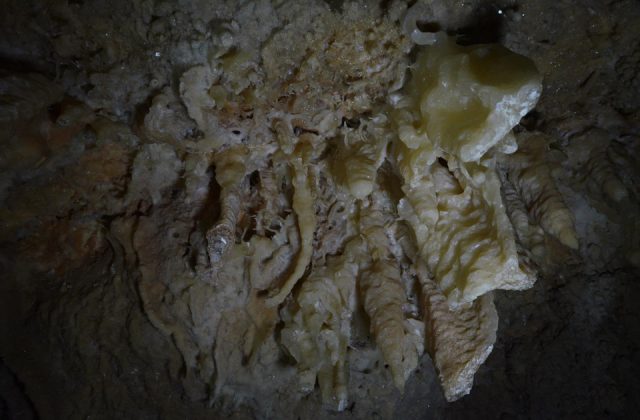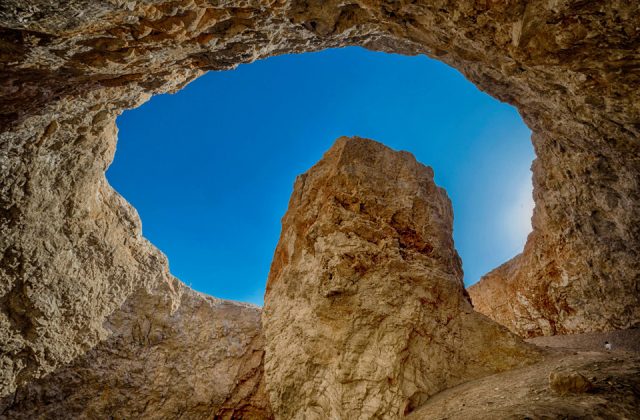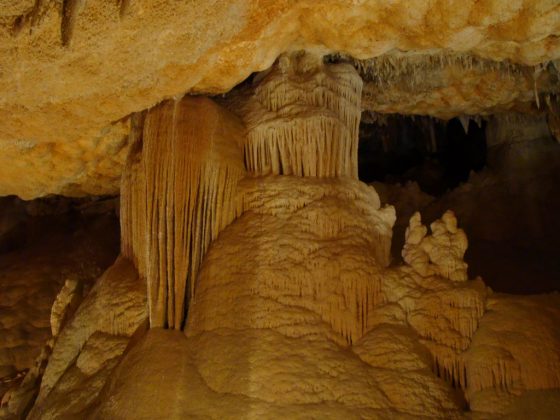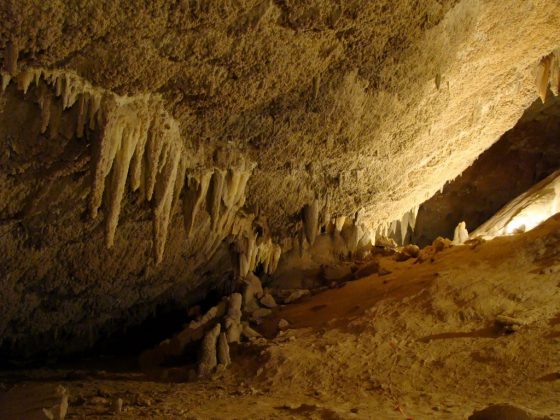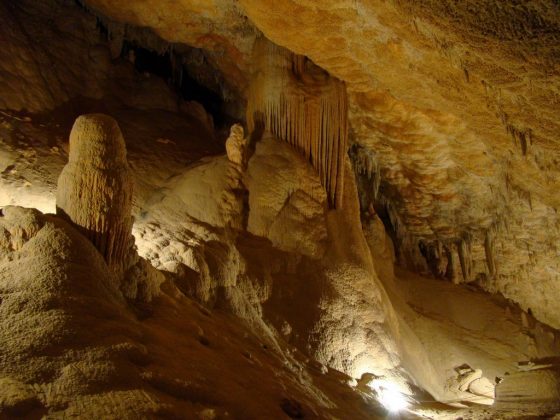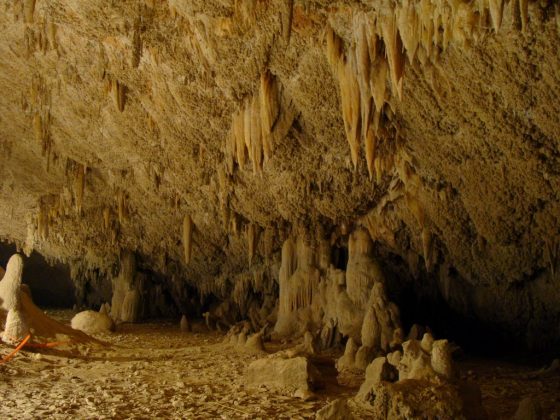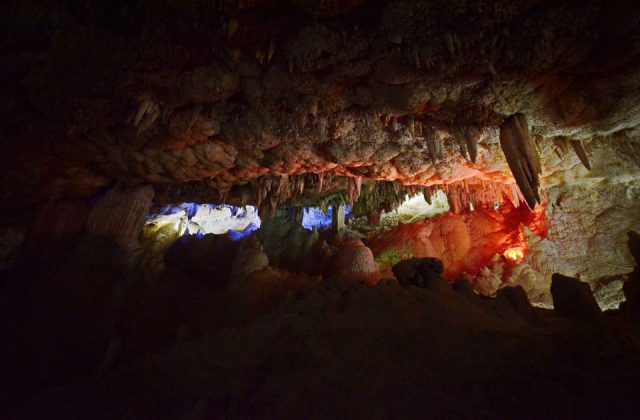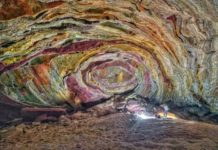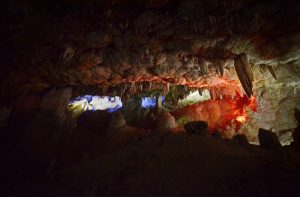
Sannur Cave Protectorate is located in the Beni-Suef governorate of Egypt and lies at 70 km southeast of the city of Beni Suef and 200 km from Cairo. The place has many geographical formations of stalactites and stalagmites as well. The reserve becomes even more important due to the natural formations present here many of which are rare and hard to find elsewhere. The reserve is filled with a large number of quarries dating back to different eras.
Discovery
The alabaster digging operations which is still continued, led to the discovery of 54 big cavities that opened way to the caves and were present at the bottom of the earth. The reserve has just one chamber or cave in it. The cave here extends to an area of 700 meters and has a depth and width of 15 meters respectively. The caves contain geographical formations which are referred as ups and downs. The most important feature of the natural formations is the quality and also the rare nature of these which are found nowhere else on the globe. The researchers and geologists thus find this reserve very important to learn and do conductive research and studies about the environmental and other conditions that prevailed during the ancient times.
The Sannur Caves were discovered in the 1989s after a blasting in the quarry led to opening of an entrance way to the chamber. The cave is overlaid with alabaster that has been brought by the thermal springs and the chamber is made of limestone. The unique geography and natural formations make this place very popular and have helped the same get recognized as a protectorate by the prime minster decree in 1992.
Formation
Sannur Cave is a classic karst cave created by groundwater percolating through the Eocene limestone of the Galala Plateau. It is the best example of this type of cave in Egypt. As the water percolates downwards, excess calcium carbonates are deposited on the roof and floor of the cave forming spectacular stalactites and stalagmites of various forms. When a light is shone on them, they glitter like a wonderland. Above ground, there are deposits of the red soil (terra rossa) associated with such formations, as well as several swallow-holes (dolines).
Sannur Cave is characterized by the presence of geological formations known as Stalactites and Stalagmites in a perfect beautiful formed over millions of years, about 60 million years ago dates back to the Era of Middle Eocene. Leakage of aqueous solutions of calcium carbonate saturated through the roof of the cave and then evaporated, leaving the mineral salts that accumulated in the form of deposits of stalactites and stalagmites. Sannur cave extends a distance of about 700 m, breadth about 15 m and depth is about 15 m. The cave is important to the scarcity of such natural formations “Egyptian Alabaster” as it is of great importance for researchers, Geologists, and Caving fans.
Photos
Map
Reference:
Beni Suef Governorate: Sannur Valley Cave Protectorate
Egypt State Information Service


